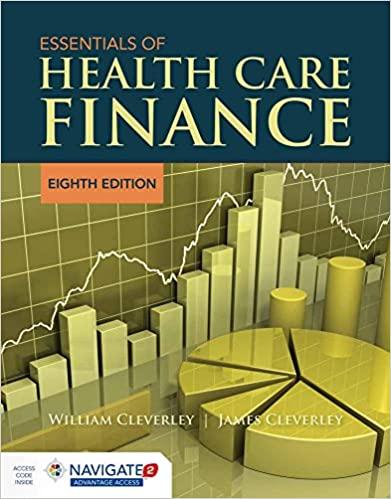

6. This exercise adopts the common meaning of rent, denoting the payment made to be able to use something (here, land) for a given amount of time (here, 1 year). The exercise illustrates (1) how rent is determined in a competitive market, (2) the relation between land rent and land price, and (3) the distinction between pure rent and quasi-rent. There is a fixed stock of unimproved land, L= 10. The annual value of marginal product of land is 20 9, where q is the amount of land that is rented. (a) Denote the annual rent for a unit of land as f. What is relation between the value of marginal product of land and the inverse demand for land rental? Using the answer to this question, and the fact that the equilibrium rent equates supply and demand, find the equilibrium value of f. (This number is the equilibrium rent when all of the land is rented out.) (b) What price would someone with an annual discount rate of r be willing to pay to buy one unit of this land? Your answer gives the price as a function of the discount rate; recall equation 2.13. (The annual land rent is the amount a person pays to use a unit of land for 1 year; the price of a unit of land is the amount that someone pays to buy the land. By owning the land, a person can use it or rent it out every year. If they rent it out, they obtain the rent every year, from now until infinity. People have finite lives, but they can bequeath land to their successors.) (c) If the land is improved, its value of marginal product increases by 2. If q units are improved, the value of marginal product increases from 20 7 to 22 q. What is the equilibrium annual rental rate, and what is the equilibrium price, if the entire stock of land is improved? (d) Suppose that the per-acre cost of the improving the land is 15. What is the critical value of r at which the landowner is indifferent between leaving (all of) the land in its unimproved state, and improving all of it? (Your answers to part [b] and [c] enable you to determine how the improvement affects the price of land. A person is indifferent between making the improvement if the cost of the improvement equals the change in the price due to the improvement.) is land is Traction is quasi-rent? (-_) 19 - bQ = (1-5)=-62 bQ set o (2.13) 6. This exercise adopts the common meaning of rent, denoting the payment made to be able to use something (here, land) for a given amount of time (here, 1 year). The exercise illustrates (1) how rent is determined in a competitive market, (2) the relation between land rent and land price, and (3) the distinction between pure rent and quasi-rent. There is a fixed stock of unimproved land, L= 10. The annual value of marginal product of land is 20 9, where q is the amount of land that is rented. (a) Denote the annual rent for a unit of land as f. What is relation between the value of marginal product of land and the inverse demand for land rental? Using the answer to this question, and the fact that the equilibrium rent equates supply and demand, find the equilibrium value of f. (This number is the equilibrium rent when all of the land is rented out.) (b) What price would someone with an annual discount rate of r be willing to pay to buy one unit of this land? Your answer gives the price as a function of the discount rate; recall equation 2.13. (The annual land rent is the amount a person pays to use a unit of land for 1 year; the price of a unit of land is the amount that someone pays to buy the land. By owning the land, a person can use it or rent it out every year. If they rent it out, they obtain the rent every year, from now until infinity. People have finite lives, but they can bequeath land to their successors.) (c) If the land is improved, its value of marginal product increases by 2. If q units are improved, the value of marginal product increases from 20 7 to 22 q. What is the equilibrium annual rental rate, and what is the equilibrium price, if the entire stock of land is improved? (d) Suppose that the per-acre cost of the improving the land is 15. What is the critical value of r at which the landowner is indifferent between leaving (all of) the land in its unimproved state, and improving all of it? (Your answers to part [b] and [c] enable you to determine how the improvement affects the price of land. A person is indifferent between making the improvement if the cost of the improvement equals the change in the price due to the improvement.) is land is Traction is quasi-rent? (-_) 19 - bQ = (1-5)=-62 bQ set o (2.13)








